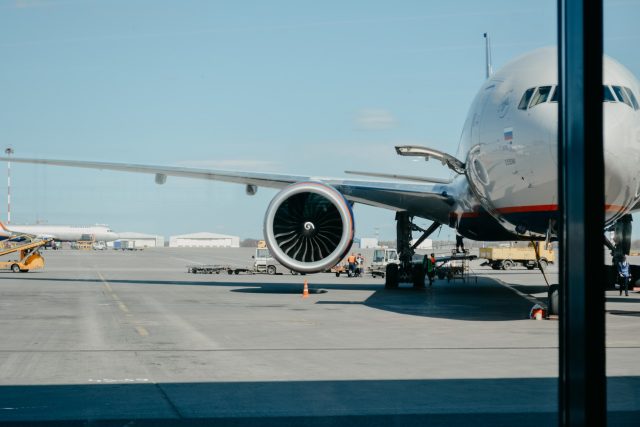
It’s a well-known fact that flying emissions contribute a lot toward climate change. Fortunately, MIT and others have made leaps in enabling sustainable, carbon-efficient flight. They plan to do this through electric motors that are powerful enough to carry planes safely and reliably – a big ask – but we have made significant headways in 2023.
Difficulty Taking Off
You may have heard that planes basically fly themselves when they’re in the air, and that taking off or landing are the most important moments for the flight crew. There’s more to it than that, obviously, but it is mostly plain sailing once a plane is capable of take-off. Scalable electric megawatt motors could make airliners and flights for leisure more popular, along with aviation in general.
If flying became more sustainable, it would remove a lot of cost barriers for flight such as sourcing kerosene, while removing climate anxieties around commercial flying. Flying has always been popular for those who can access it while aviation has inspired a lot of media enjoyed by many. Flying has been used by movies and games, like the Top Gun series or the Aviator Slot at Paddy Power, which involves getting an aeroplane to take off instead of typical slot reels. Other games like Frequent Flyer show that aviation is a wider trend in iGaming, which often features many games that are themed after popular entertainment.
Sustainable aviation through electric motor flight can make flying more commercially available for everyone, to the benefit of the public and the field as a whole. So far, most electric flight has been achieved using kilowatt motors on small, personal craft, detailed here by EuroNews. That’s why MIT creating a megawatt motor is a huge advancement, since it shows the scalability of electric motors to airliner sizes. However, the real test is if an electric-powered airliner can take off and land. Many personal and microlight gliders already use hybrid power – fuel and electric – which may be used for airliners in the future before a full electric conversion.
Landing on a Solution
If you’ve ever been to the airport, you know that they take weight distribution seriously. This is because it is calculated very carefully according to the natural weight of the aeroplane and the power source of that aircraft. When balanced correctly, the result is flight. You don’t get hundreds of tons of metal to fly without some intense math, after all. Airline profit also hinges on reducing weight to make flights as efficient as possible, as discovered by McKinsey.
It became clear to the MIT researchers that weight would be an issue. Without getting into the nitty gritty details, larger motors mean larger magnetic rotors which can be very heavy. Talking with MIT News themselves, project lead Zoltan Spakovszky says ‘the devil is in the details’ as he brought attention to the small, incremental changes that need to happen. ‘There is no silver bullet to make this happen.’ As Spakovszky and the team tinkered, they created a motor that met their very strict size requirements. It was quite fittingly the size of a suitcase that you’d see at the airport.

The project required 30 circuit boards that MIT made in-house, along with a small magnet array that allows the generated magnetic field to move quickly and generate more power. They used close coupling to do this, essentially attaching them so no usable power is lost in the transaction. However, it generates more heat, which the team solved with an integrated heat exchanger.
This is just one megawatt right now but it proves scalability. The biggest issue is weight but the folks at MIT seem to have settled on an efficient design that could work with multi-megawatt prototypes. As Spakovszky put it – ‘we’re on a good trajectory.’













